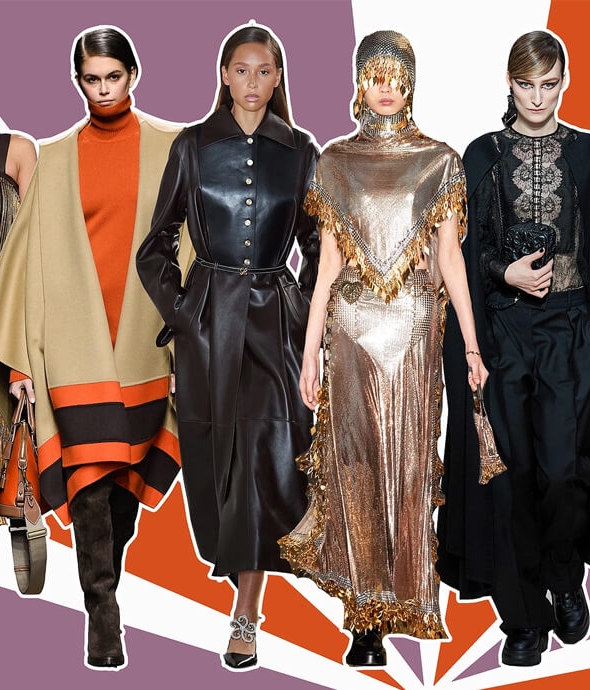
The world of sustainability cannot exist in a world that doesn’t respect it. As respect is earned before given; it all starts, as always, at the top.
Before fashion-lovers and consumers can truly grasp what it means to go green, the more prominent household names and labels need to as well.
This year, New York Fashion Week (NYFW) may finally be waving the sustainable flag, introducing environmentally friendly platforms like made-to-order fashion and runway shows that don’t promote waste or littering. The digital only format forced upon brands by the pandemic may unfortunately be one of the larger reasons for these changes.
Glossy reports that more and more brands are adopting personalization in both consumer orders and runway shows. Take Phillip Lim, who “opted out of a traditional runway show and instead invited people to an intimate, cozy house-party style presentation at the brand’s flagship location in New York.”
Moreover, NYFW now features several labels that put sustainability as priority. Let’s take a look at some of the labels leading the charge towards a more sustainable future, whether due to the lead designer, external pressures or today’s new realities for the Spring / Summer 2021 season and beyond.
Alabama Chanin
From: Alabama
Price Point: Mid-Priced; $118 – $8,468
Area of Expertise: Locally sewn and produced garments and home goods for everyday use with a supply chain entirely based in the Southern United States.
Natalie Chanin may be better known in her native Alabama than New York, but the label has been focused on sustainable product development for the past two decades. The 2013 CFDA / Lexus Sustainable Challenge winner prioritizes the usage of locally sourced organic cotton grown in the namesake state of her label. The brand prides itself on maintaining not only environmental standards, but a form of cultural sustainability by enlisting hand-sewing skills more widely employed in the South prior to the formation of NAFTA.
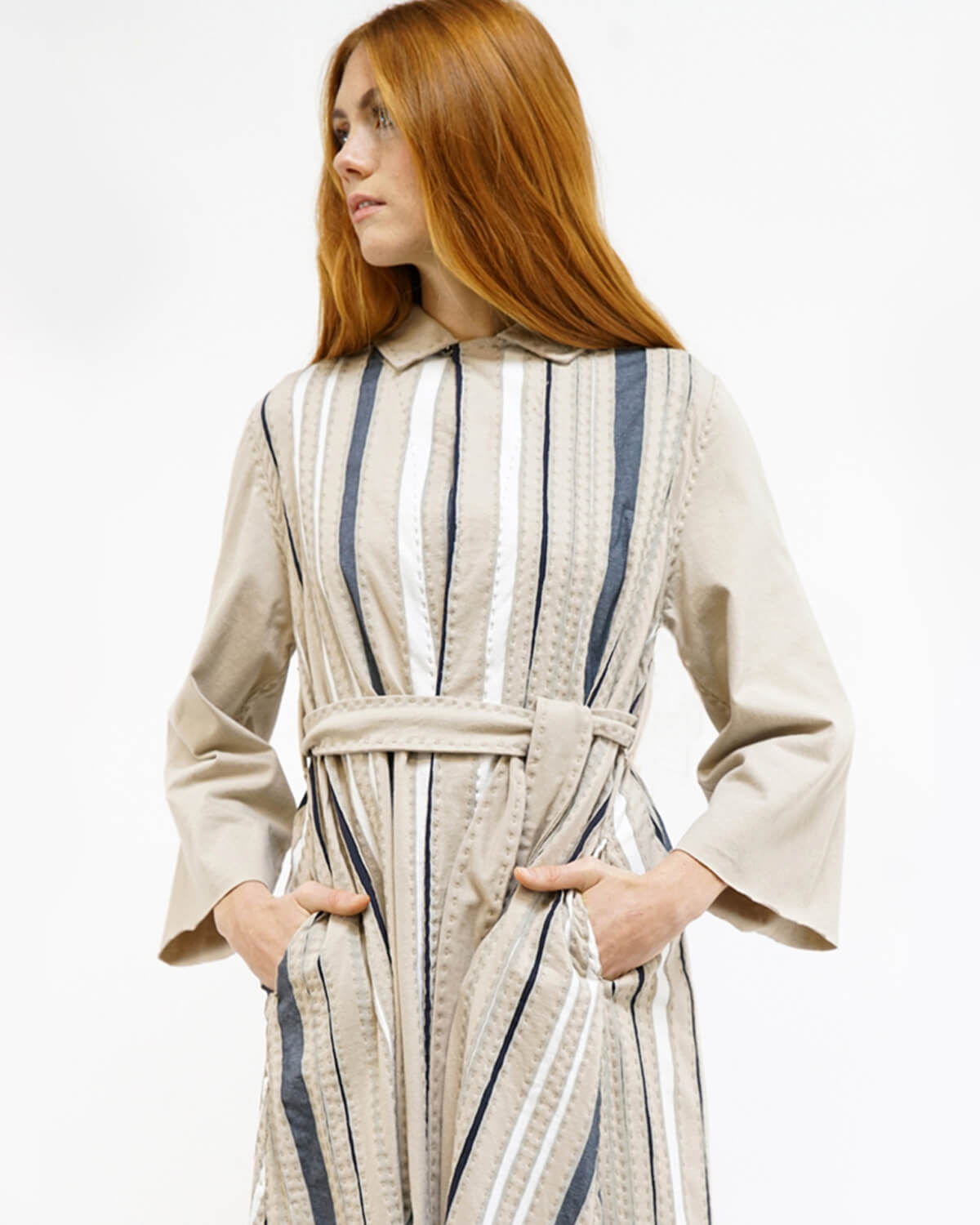
From seed to shelf is a concept more familiar in CPG than apparel, but the concept absolutely applies to Alabama Chanin. Their entire supply chain is based around farms and mills in Texas and South Carolina, from the growth of the cotton buds to the final dyeing in a series of processes that include few if any synthetic finishes, materials or oils. Albama Chanin believes strongly in maintaining responsible, ethical, and sustainable practices while adhering highest standards for quality. The resulting products are ones that the brand and it’s consumer base are proud to wear for years to come.
Collina Strada
From: New York
Price Point: Mid-Priced; $125 – $600
Area of Expertise: To match a ready-to-wear collection, Collina Strada is a champion of climate change education, empathy, progress and self-expression.
Founded by eco-activist Hillary Taymour, Collina Strada was sure to provide NYFW audiences with a variety of sustainable ambition. The designer handed out pamphlets on healthy, green food choices as well as made the show’s decor consist of soil, grass and natural fibers just like the kind in her clothes. Her models all sported shredded paper bales and upcycled materials with the focus that these clothes would one day be heirlooms— something no will want to throw out.
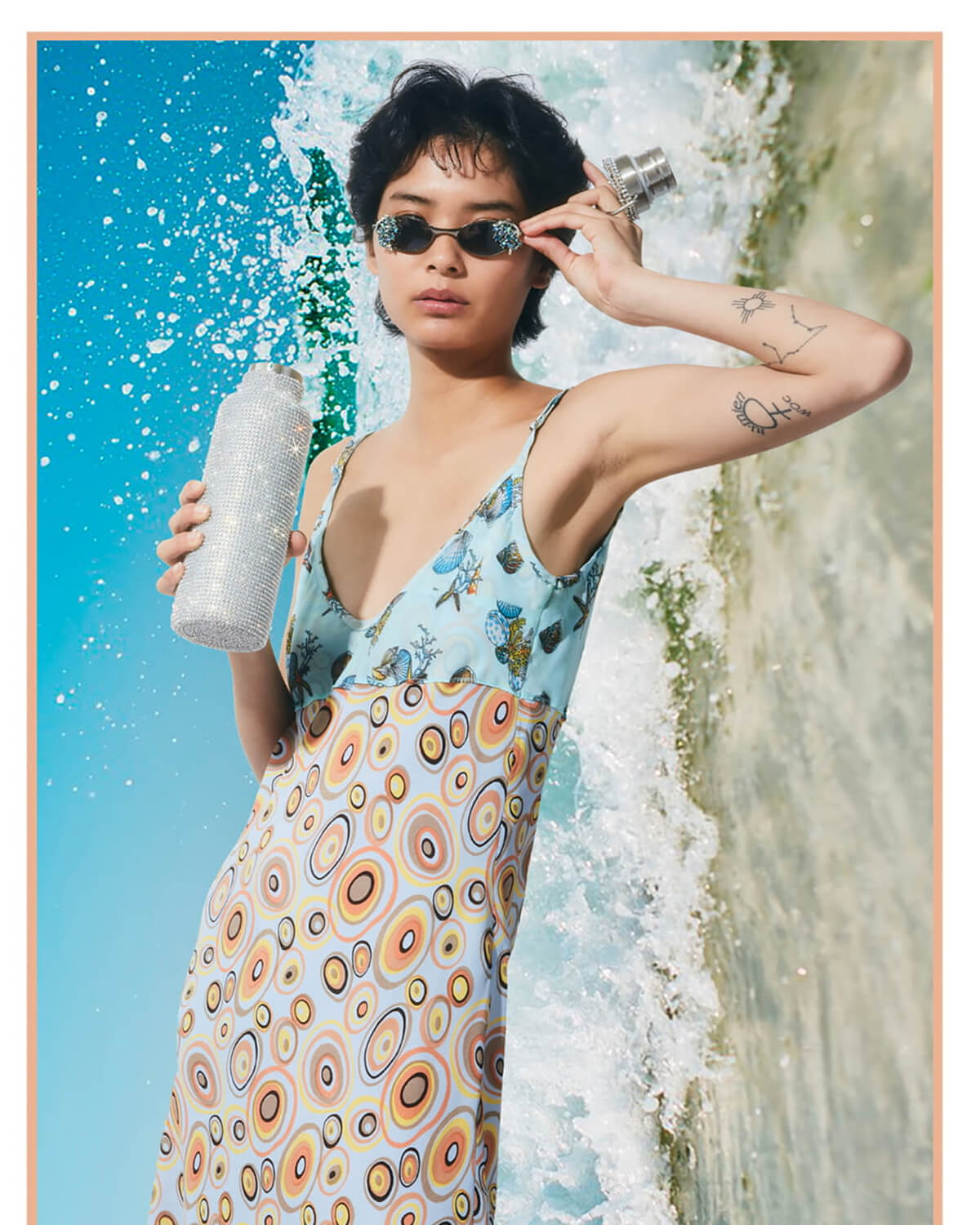
The Guardian’s interview with Taymour revealed one phrase that consistently guided her eco-conscious vision and designs: “Maybe it doesn’t sound so glamorous, but it’s what we should all care about, no?”
Cynthia Rowley
From: New York
Price Point: Mid- Priced; $195 – $465
Area of Expertise: With a signature pretty-meets-sporty attitude, this brand offers ready-to-wear, surf and swim, fitness, accessories, and home decor that is all about the motto: life is an adventure.
Sustainability is an important mission the brand upholds, particularly within their production processes. Not only does Cynthia Rowley create limited pieces so that over-production and waste declines, but also the brand makes their signature wetsuits and neoprene swimwear with recycled materials and green technology. According to their site, their “polyester yarn is made from plastic bottles — with approximately forty-five recycled bottles going into each swim piece.” In using a “dope-dying (infusing dye pigments into a molten plastic solution) process,” the brand can save water and reduce pollution.

Cynthia Rowley herself makes sure the fashion company also partners with charities and other eco-conscious organizations so that sustainability is the focus of both production and partnership. In an interview with Elle magazine, Rowley talks about her work with Surfrider Foundation and a Thai factory that ensures the science behind going green is safe and effective. “The ‘carbon black,’ which is the spongy filler inside neoprene? We make it with recycled tires. And then there are components nobody thinks about, like glue. Every wetsuit uses glue, and so do a ton of swimsuits,” Rowley told Elle. “But glue is often made from harsh chemicals—we don’t want that. So we found a water-based glue instead. If some of it sheds or erodes, that’s okay—it’s water!”
Gabriela Hearst
From: New York
Price Point: Designer / Luxury; $590 – $15,000
Area of Expertise: Producing luxury garments that are beautifully crafted and made to last.
In 2019, Gabriela Hearst became the first fashion house to produce a 100% carbon neutral runway and fashion show. In 2020, Hearst is breaking down the barriers of fast fashion with her creative upcycled styles and local designs. The New York Times praises Hearst for her repurposing, reporting that she had “sourced antique rug remnants from a Turkish market and turned them into a terrific woven jacket and sweeping greatcoat” as well as cut-up old coats “and blanket-stitched them back together into two-tone cool.”
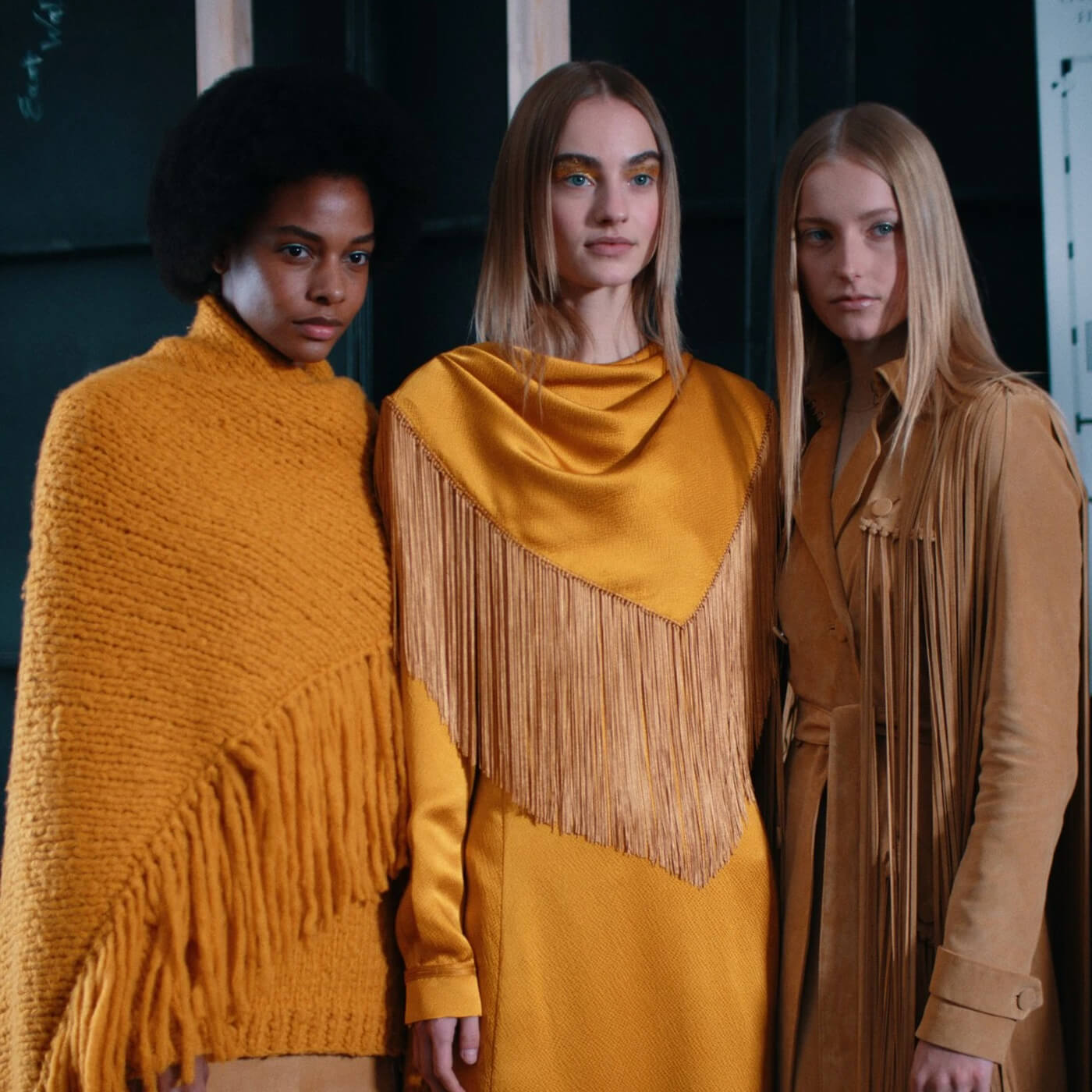
But it’s not the sustainability of upcycling that gave Hearst the sales and the recognition— but the fact she repurposed what the term means in fashion as well— “if you make something signature, something women love, then you have made a sustainable garment because you have made something non-disposable.”
Rebecca Minkoff
From: New York
Price Point: Mid Priced; $98-$358
Area of Expertise: Statement handbags, dresses, shirts, pants, shoes and skirts, Rebecca Mikoff is an industry leader in more affordable, luxury-quality handbags, accessories, footwear and apparel.
Rebecca Minkoff is transforming sustainable fashion by combining the style with robotics. That’s right— with A.I. technology, the company cuts “fabric, ink, and water wastes to create eco-friendly and sustainable clothing,” as reported by Insider. Minkoff also understood the waste runway shows create (think invitations, programs, transport, lighting, etc.) and became one of the first to stream her catwalk.
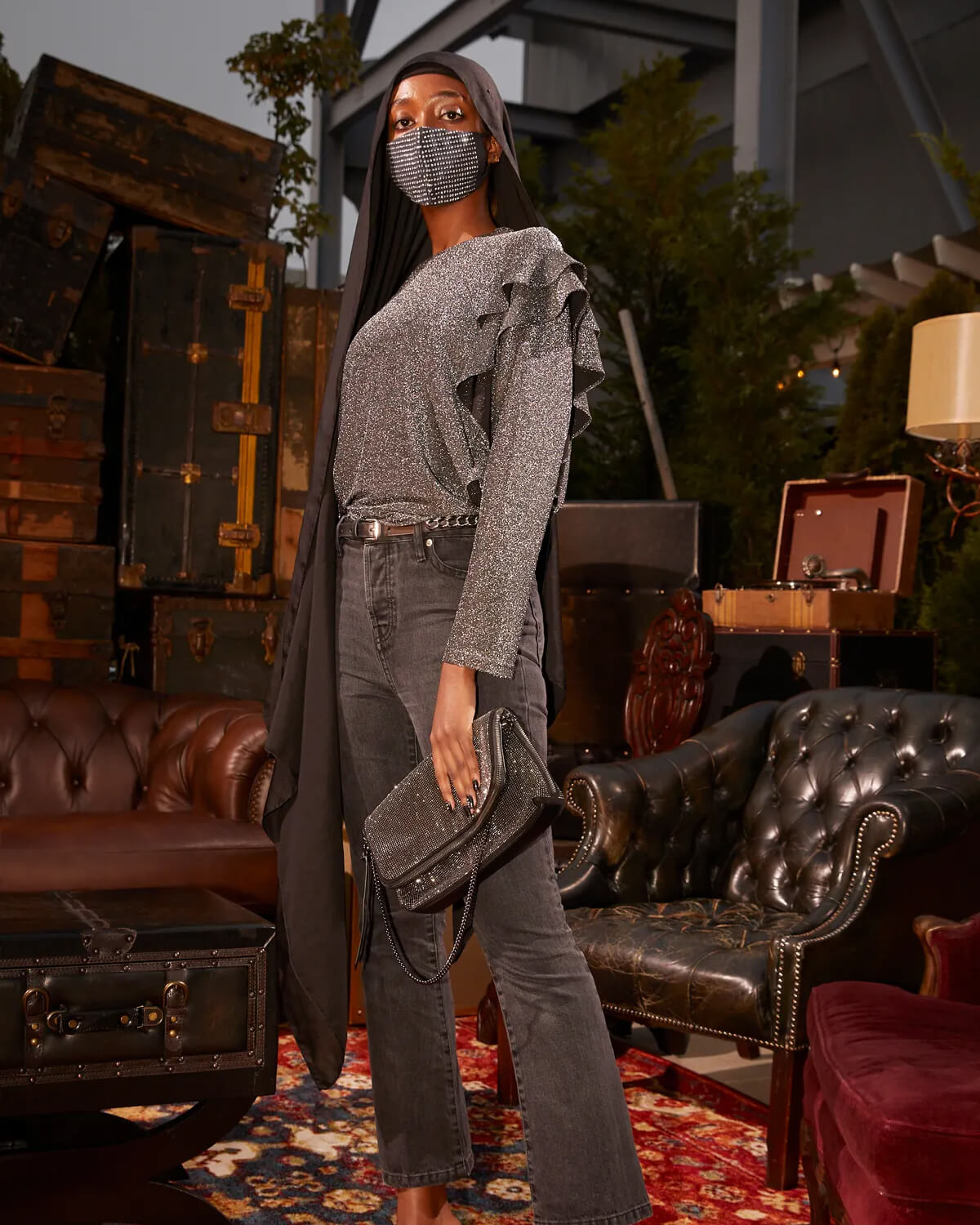
With Little Minkoff, the children’s clothing line, the brand partnered with Resonance Companies, “a tech company that specializes in developing software for fashion brands.” The two buttressed the aforementioned “made-to-order” theme by fostering an “inventory system that limits waste by only going into production after a customer has ordered an item.”
Oak & Acorn
From: New York
Price Point: Mid Priced; $200 – $500
Area of Expertise: Denim; Oak & Acorn Only for the Rebelles claims to be the first sustainably focused denim brand based out of Harlem.
You can be forgiven for not immediately recognizing Oak & Acorn among the sea of designer labels that frequent NYFW. If fact, Creative Director Miko Underwood will probably be more recognizable to those that have attended Harlem Fashion Row rather than the presentations occurring downtown. Besides, the brand’s first two or so years weren’t exactly a sustainable stud, but more of a DTC business shipping expensive denim straight from China. Underwood proclaimed as much in an interview with the CFDA. However her desire to support her local Harlem community and also empower other minority designers of color (especially women) pushed her to make a change and the brand has not looked back since.
Oak & Acorn focuses it’s efforts on sourcing and developing denim locally. This includes procuring dry denim, otherwise untreated or untouched by harmful chemicals which are usually required to create a “distressed” look. Another tenet of the brand is denim education, which in earlier days systemically involved the enslavement and exploitation of cheaper indigenous and black labor. Oak & Acorn also focuses on social humanitarianism, as a portion of all profits goes towards nonprofit We Got Us Now, which offers aid and empowerment opportunities to youth affected by parental incarceration.
Stella McCartney
From: United Kingdom
Price Point: Designer / Luxury; $725-$2,625
Area of Expertise: Stella McCartney designs and sells clothes she wants to wear for kids, men, women and unisex.
The brand’s 51 freestanding stores, retail distribution in 77 countries and shipping to over 100 countries online proves sustainability is in. For McCartney, sustainability means long-term thinking, both for the world and in fashion. The Sourcing Journal reports that for NYFW, this vision proved essential. “I work so far in advance [to get my fabrics] because I want to use my crops more efficiently; I want to have items transported more efficiently; I want to use less pesticides, which takes longer,” McCartney said.
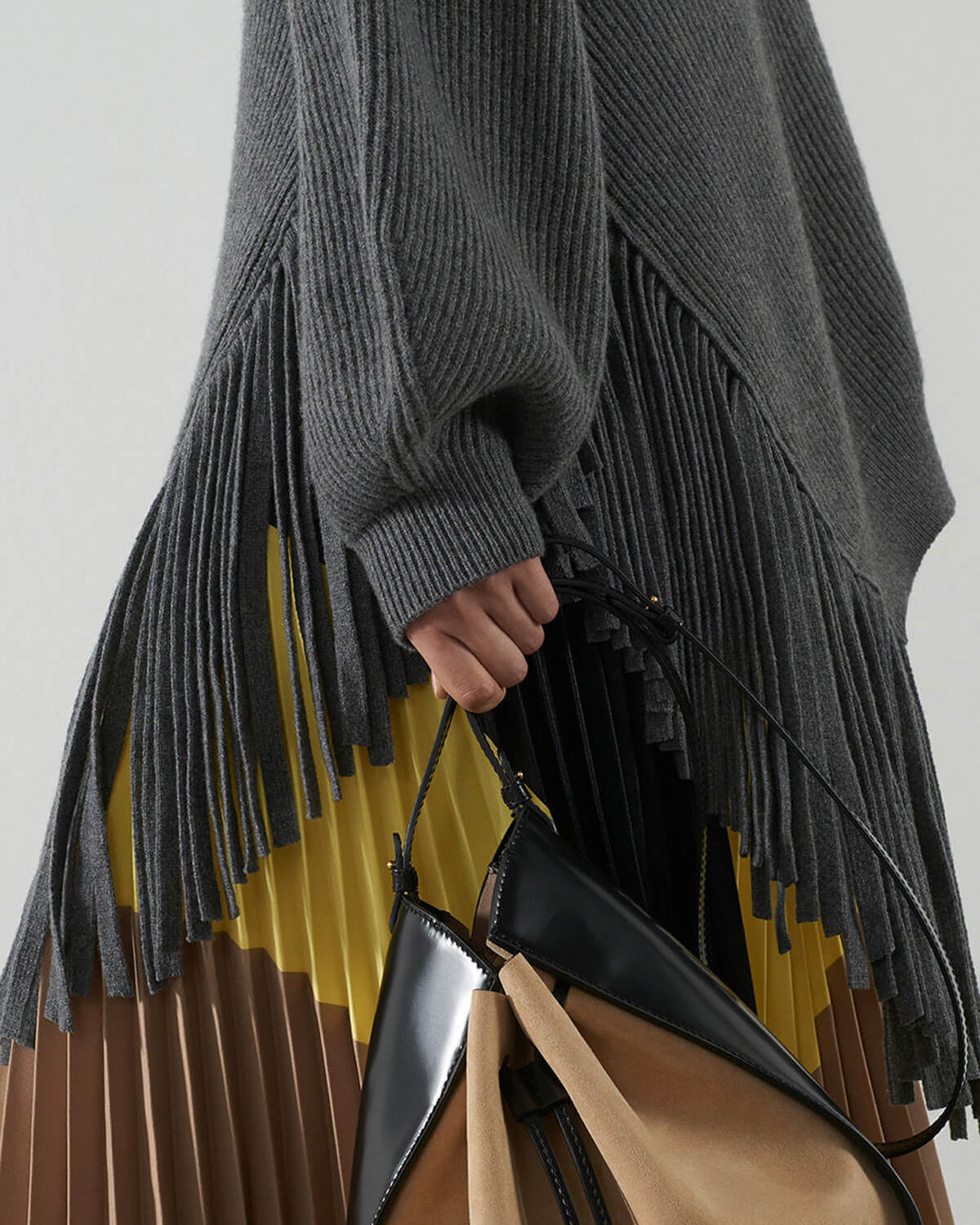
According to their site, the company prides itself on its sustainable endeavors whether it be through its using paper in “packaging that is either FSC-certified or made from at least 50% recycled content,” and refusing to test on animals as well as producing PVC-free products.
Is Designer Fashion Becoming More Environmentally Driven?
Whether due to increased demand for discerning customers or pressure from sustainable watchdog and advocacy groups, sustainability is something all fashion thought leaders are starting to digest, champion and elevate.
Rebecca Force, lifestyle writer for Hollywood at Home and former Fashion Editor of TNE Magazine, feels fashion brands need to take responsibility in creating garments that help the environment.
Force broke into the fashion industry through styling celebs on the “The Real” (Emmy and NAACP award winner), where she cultivated on-brand looks, especially for host Jeannie Mai, learning then and there that fashion plays a role in influence.
“How amazing would it be to have vintage, consignment, or upcycled clothing on the racks next to what’s next in fashion?,” she asked passionately. “It’s time for designers to open up the archives, their fashion libraries, and start using sustainability practices as a way to educate the customer too.”
If designers themselves are seeing inspiration on how to position more sustainable fashion to their customer, Rebecca suggests they look no further than the real-life #inspo sect. “Bloggers are leading the way with showcasing real-life examples of mixing high-low, newly purchased and thrift store finds,” Force said. “By understanding the history of fashion and bettering its practices for the better, we honor the past so we can protect the future.”
With more designer names joining the likes of Stella McCartney, Collina Strada and Rebecca Minkoff each year, it will only be a matter of time until the larger legacy houses begin to notice. If they haven’t already, expect to see more brands finding ways to highlight their eco-conscious behaviors in coming fashion weeks.
Featured Image Credit: Voir Fashion
